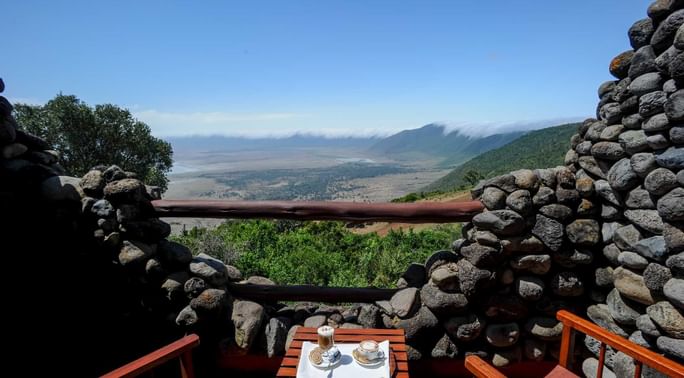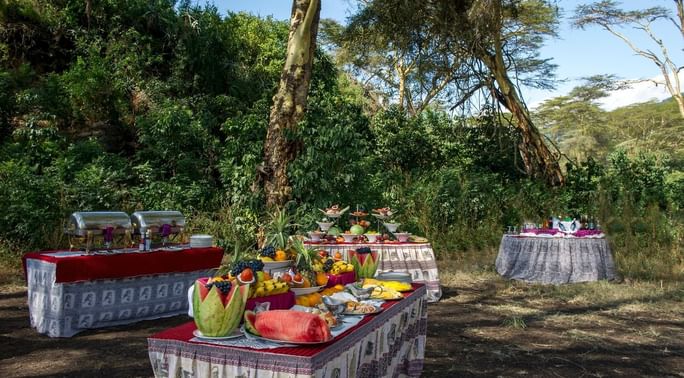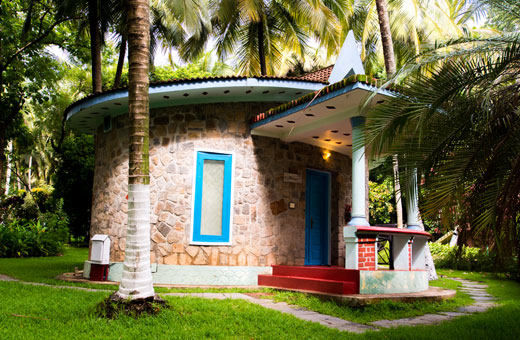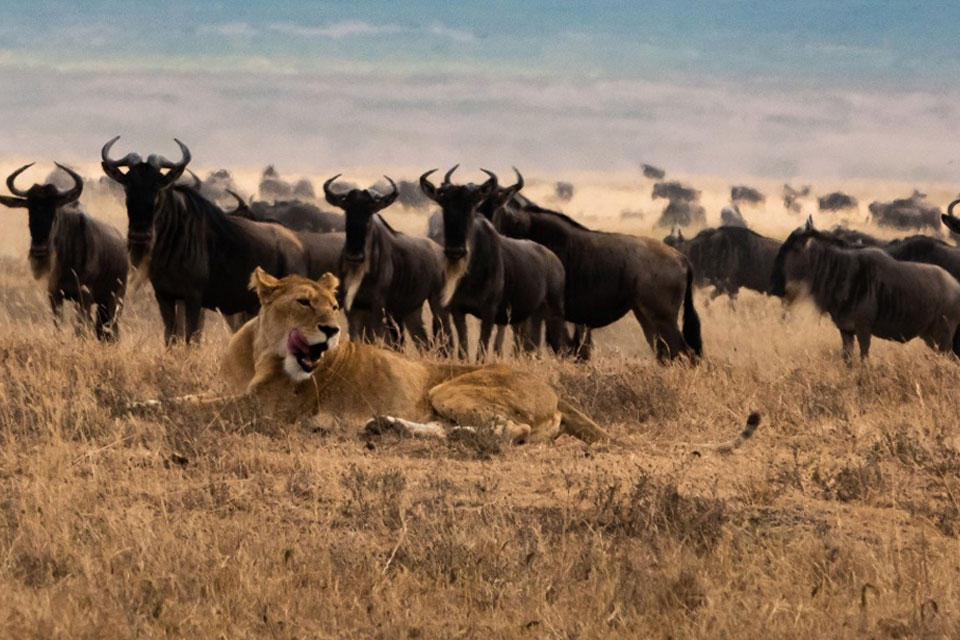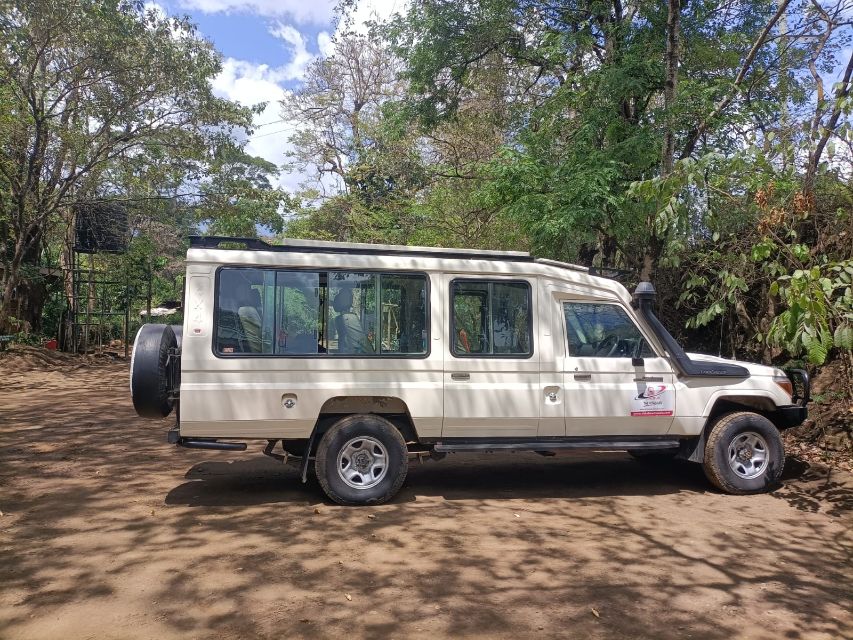For many people, talk of the wildebeest migration in East Africa brings to mind images of millions of animals making their trek through over the landscape together, in a herd that is almost too big to imagine. Others may have a mental image of the beautiful wildebeest running through rivers with crocodiles in pursuit. But there is another part of the migration that is often overlooked – when the wildebeest bear their calves and continue the lineage of the herd.
Calving season happens at the beginning of the year, with herds following the rains south of the Serengeti. How the wildebeest know where the rains are is still a mystery. But where the rains are, the animals follow. And in less than a month, over 500,000 new wildebeests are born.
These first few months are spent in the Ndutu and Ngorongoro Conservation Areas, but the animals do not delve into the crater itself. Centuries of volcanic ash have made the soil fertile and the lush grass for grazing is the perfect food for the young calves as they build up their strength to continue the migration with the rest of the herd.
You’ll often see gazelle and zebras among the wildebeests, eating the grass shoots that the young calves leave behind. It’s a perfect ecological balance – the gazelle and zebra eating the shoots, and the wildebeest eating the soft grass. The grass is soft enough for the young ones to pull from the ground with their growing teeth, and it’s good for lactating mothers to help them produce more milk full of nutrients for their young.
And all these young calves roaming around and learning to live is a natural draw for predators. Visitors to the Serengeti during calving season may see some dramatic encounters, as mother wildebeest try to keep their young safe, and predators look for the easy targets that calves tend to be.
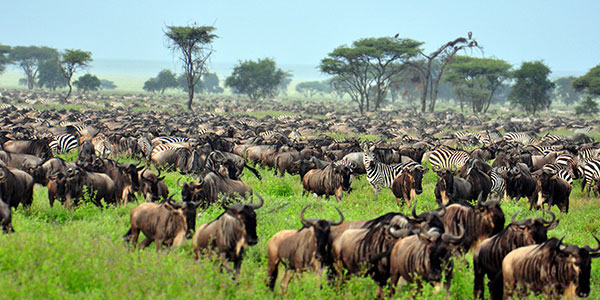
Many people want to see the wildebeest river crossings on their safaris, but a different time of year brings a whole different type of adventure. The calving season is an amazing event to witness during the migration, and one that isn’t to be missed!


